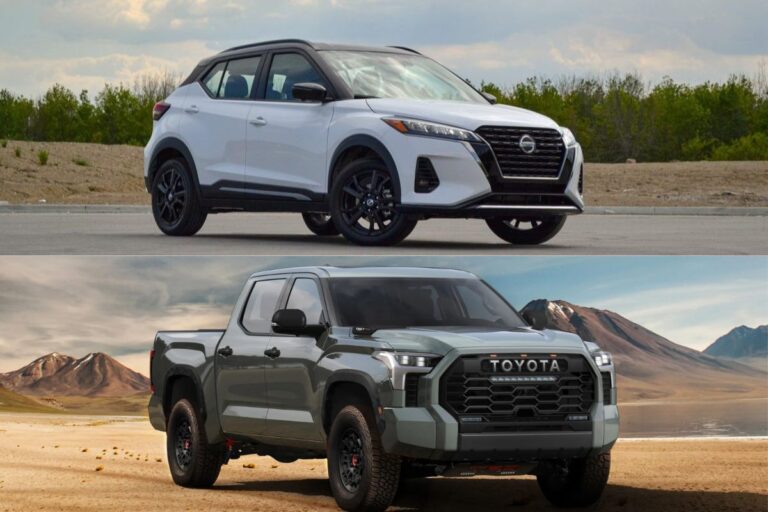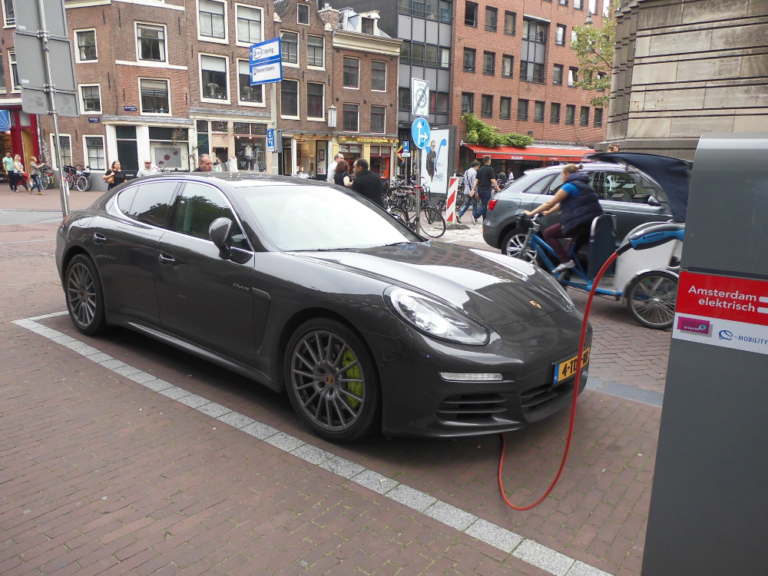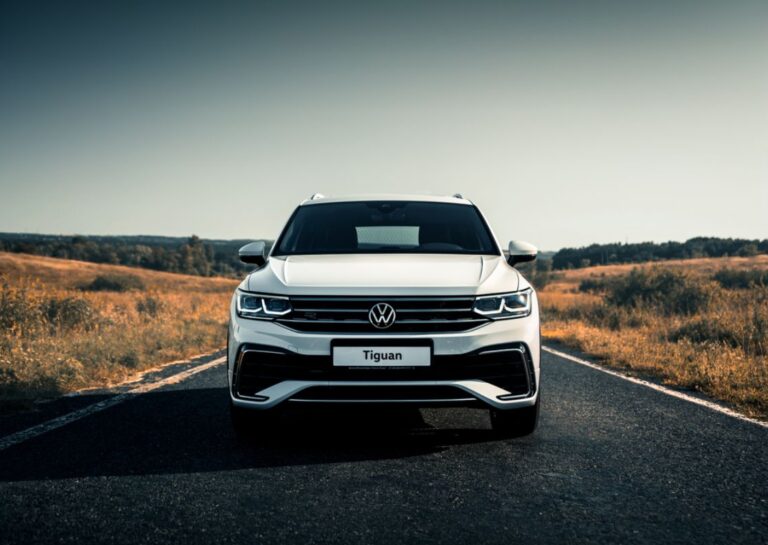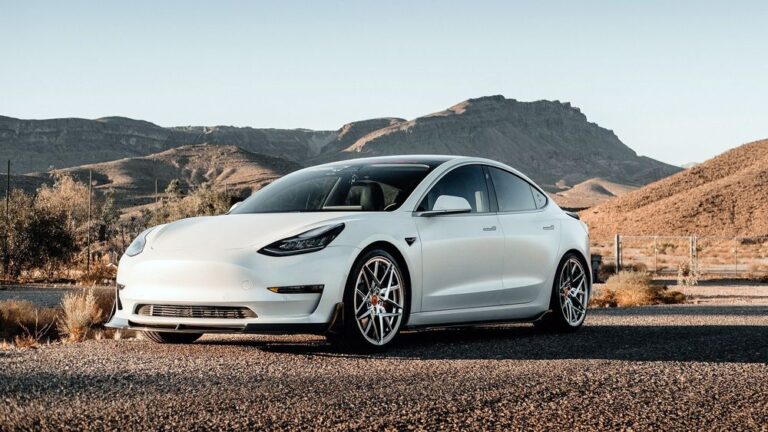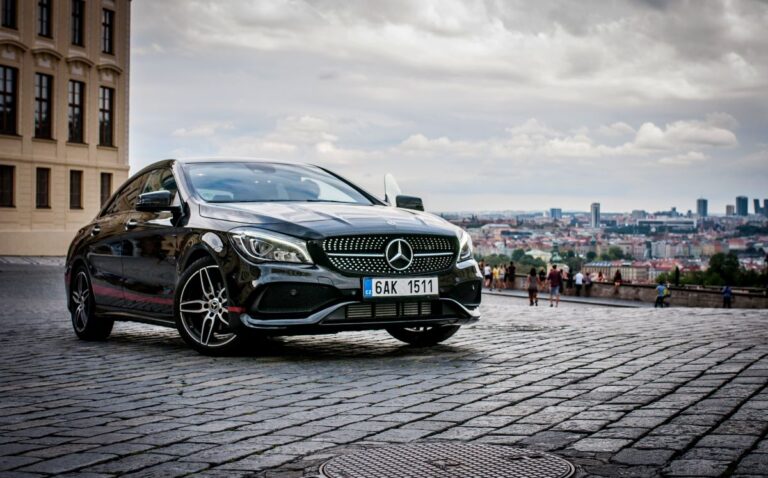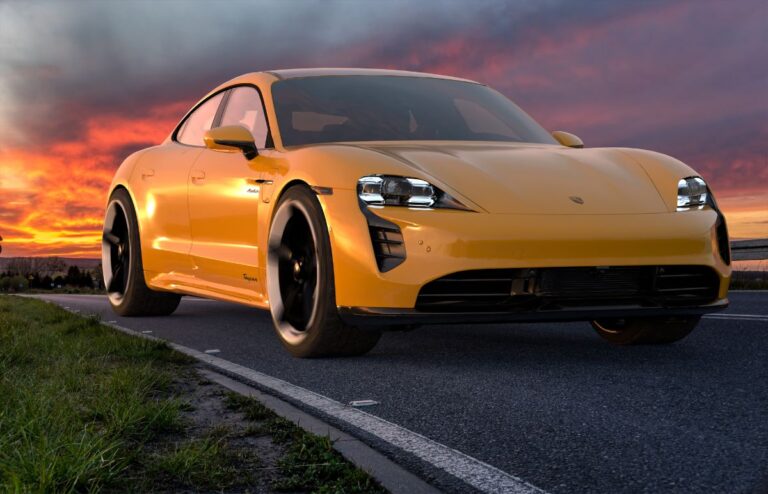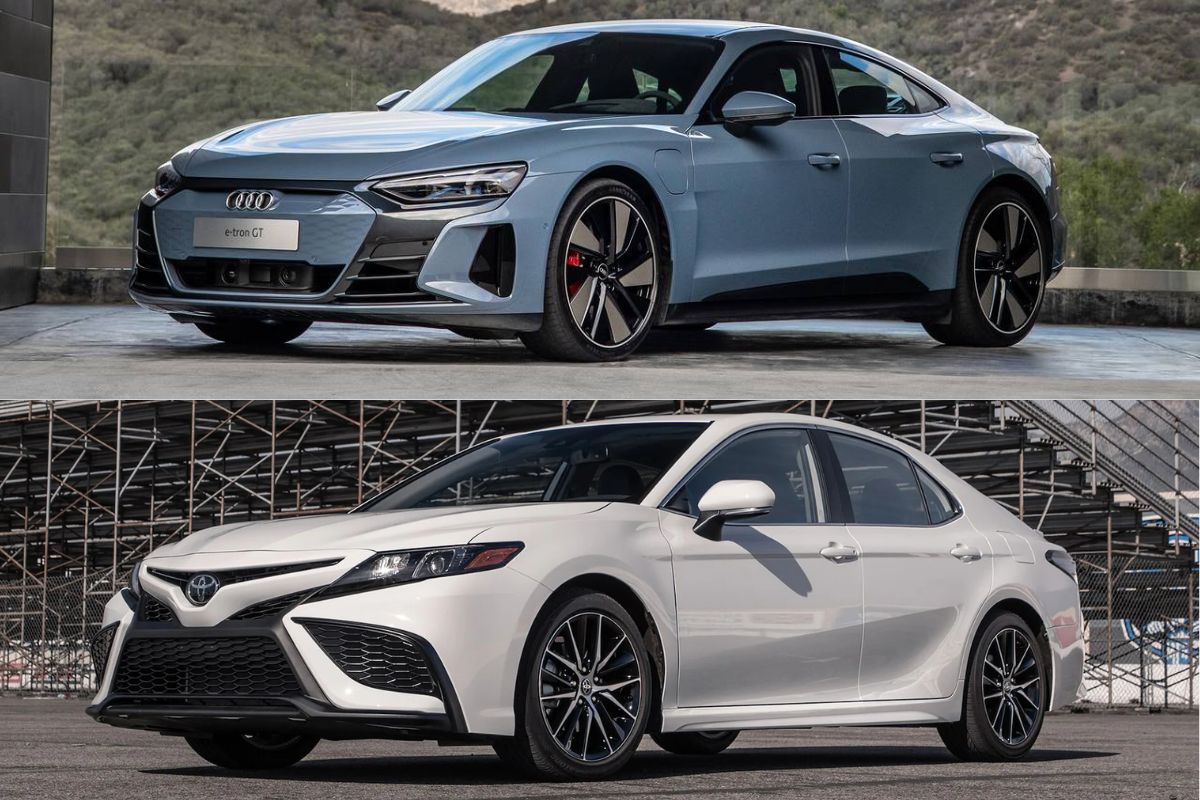
The basic distinction between an electric and hybrid car is the type of energy it uses to move. Hybrids can transition easily from electric energy to a mix of petrol and electric power, while electric cars rely solely on battery power.
I’ve been driving the Ford Fusion Hybrid since 2015, starting with the 2016 model and now 2020, and have had no major issues with this car. It certainly helps my range whenever I drive through the city, as each time I hit the brake it builds up the battery power.
Meanwhile, I’ve driven a few electric cars while working with an online car dealership and they not only drive smoothly, but some actually have great range and charge quickly.
Let’s dive into the world of electric vs hybrid and see what our in-depth research dug up!
Electric Vehicles vs Hybrids? What Are the Differences? Similarities?
The primary distinction between an electric and a hybrid vehicle is how they are fuelled. One definition of a hybrid is a vehicle that uses an electric motor as well as an internal combustion engine (ICE) with each fueled by a set of batteries. A battery and an electric motor are all that are needed to power an electric car.
When compared to ICE vehicles, the environmental impact of both hybrid and electric vehicles is reduced. However, these two types of vehicles are not identical and have different charging conveniences, maintenance needs, ranges, and prices.
What are Hybrid Cars?
Submarines, for example, that run on diesel when on the surface and batteries when submerged are hybrid vehicles because they employ more than one source of power. A pressurized fluid, as used in hydraulic hybrids, is another method of energy storage. The Toyota Prius NHW10 was the first mass-produced hybrid car in the world between 1997 and 2000.
The combustion engine is more effective at keeping a high speed than a traditional electric motor, and the electric motor is more powerful at generating torque or transforming power. This is the fundamental idea behind hybrid vehicles. A win-win result in regards to energy efficiency is achieved by alternating between the two at the optimal times during acceleration, leading to improved fuel economy.
Parallel Hybrid
An electric engine, as well as a gas or diesel engine, are paired in parallel with a hybrid car, meaning that either one can provide all of the energy the car needs. Automated clutches connect the internal combustion engine, electric motor, as well as gearbox.
The clutch between the internal combustion engine and the gearbox is disengaged for electric drive, while the clutch between the two is open. When operating in combustion mode, the motor and engine both spin at full speed.
The first generation Honda Insight was the first mass-produced parallel hybrid to be offered in markets other than Japan.
Mild Parallel Hybrid
For the sake of auto-stop/start functionality, supplemental power assistance while accelerating, and regenerative braking while decelerating, these models often include a relatively small electric motor (about 20 kW) (also called regenerative braking).
What are Electric Cars?
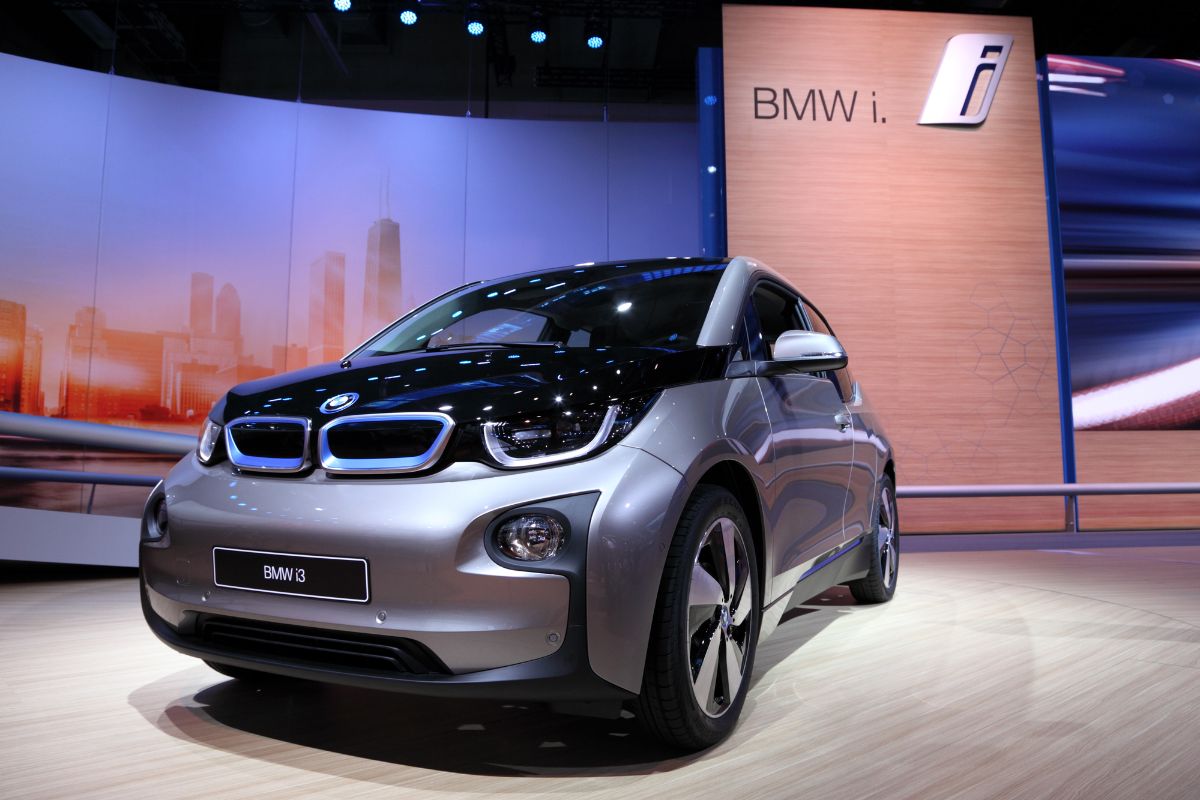
About 3% of all new cars are electric models. However, even if only 1% of the almost 14 million new vehicles sold yearly were electric, that would still be a significant number. And that number will rise as producers keep pumping out fresh models for consumers to choose from.
All or portion of an electric car’s power comes from an electrical charge.
Electric automobiles and trucks utilize an electric motor that gets its energy from fuel cells or batteries instead of a gasoline or diesel engine. Electric vehicles (shortened to EV), come in a wide variety of designs and functions.
In “plug-in hybrids”, the electric motor gets powered by a battery that recharges when the vehicle gets plugged into an electrical outlet. Other EVs run purely on electricity, with no liquid fuel needed. Others power electric motors by turning hydrogen gas into electricity.
While the electric motor in conventional hybrids is electric, these vehicles aren’t included in the EV definition because they can’t be plugged in.
Even if the initial investment in an electric vehicle is larger than that of a standard vehicle, state and federal stimuli can help offset the difference. We can reduce the overall expense of ownership of electric vehicles because charging them can be much cheaper than filling up with gasoline. By making the change to an electric vehicle, you can save hundreds of dollars annually on gas, and even higher in a few cities.
Type of Electric Car to Consider
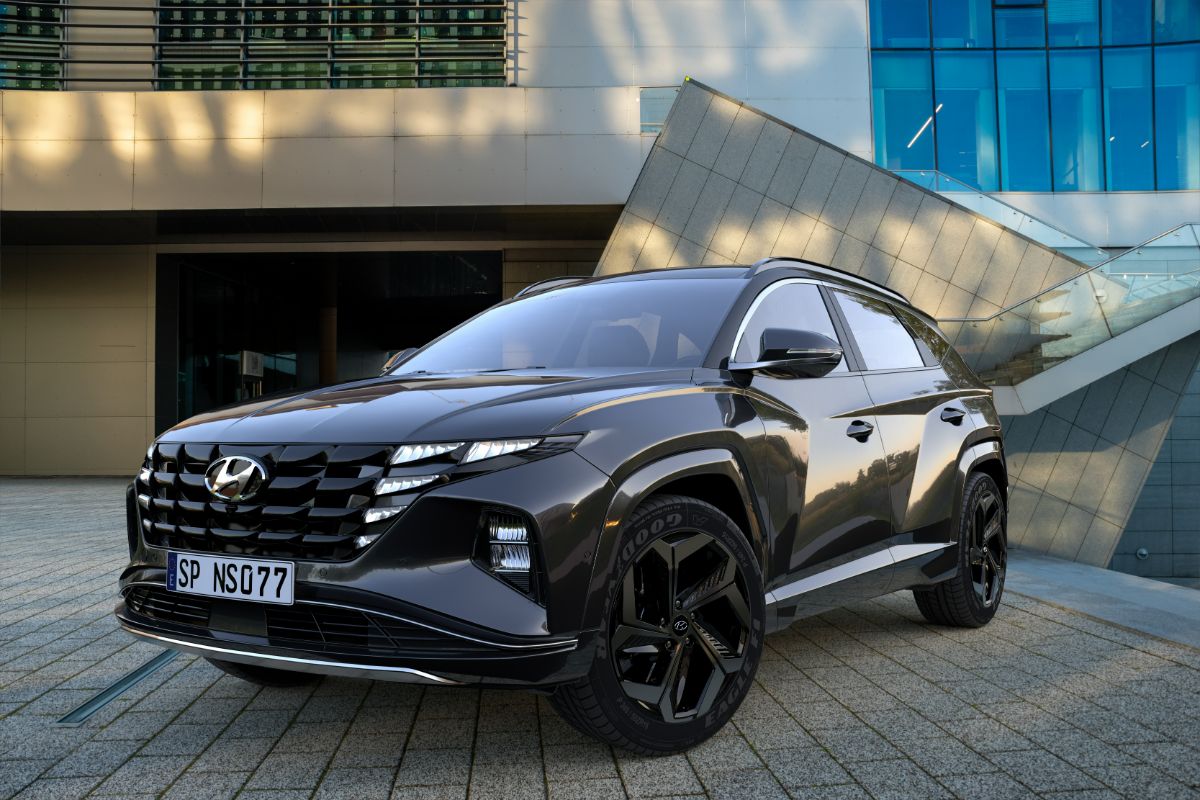
Plug-in hybrids have the potential to improve environmental performance while reducing gasoline costs. They are powered by electricity instead of gasoline, saving gas for longer travels, and they can be recharged at any standard electrical outlet. While a standard 120V outlet would do the trick, plug-in hybrid drivers require access to a charging station for their vehicles. Because many plug-in hybrids are sedans, customers shouldn’t routinely need to carry more than five people or pull heavy loads.
Since electricity is the only source of energy for a battery-electric car, the vehicle’s range must be appropriate for its typical use. However, the availability of corporate or public charging depots has made it simpler to recharge when away from home. Battery-electric vehicles can be among the most environmentally friendly options for eco-conscious drivers or multi-car homes that make frequent short-distance outings because they produce no exhaust emissions and utilize energy in place of fuel. Study the inner workings of battery-operated electrics.
Fuel cell cars are an emerging but promising option for forward-thinking California motorists. Hydrogen refueling stations are not commonly accessible at the moment, but these cars’ many advantages outweigh the time and effort required to fill up. Take the time to study up on the inner workings of fuel cells and the operation of fuel cell automobiles.
Is It Time to Think About a Hybrid?
When an electric car doesn’t work for a particular driver, a conventional hybrid may be the better option. Hybrids combine the drivability of a regular car with the fuel economy of an electric powertrain.
Non-plug-in hybrids do not qualify as electric vehicles because they rely only on fossil fuels for propulsion. Get educated about the inner workings of hybrids.
Distinguishing Hybrid Cars vs. Electric Cars
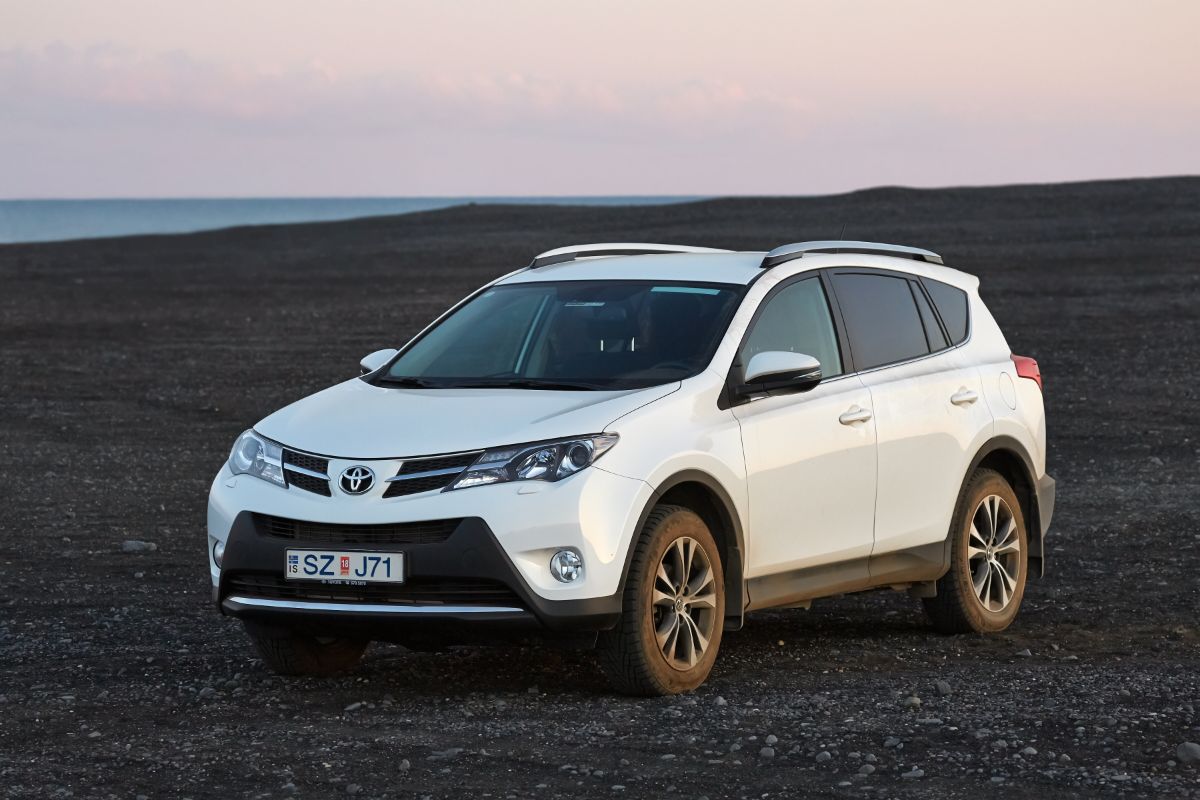
Hybrid vehicles come in a variety of styles, but they all share one defining feature: they can run on electricity alone but also contain an internal combustion engine (ICE) (gas-powered engine). How much a hybrid vehicle relies on its electric motor varies depending on whether it’s a plug-in hybrid (PHEV), series hybrid, or mild hybrid. However, if the battery fails, the ICE in any hybrid vehicle can take over.
Conversely, electric vehicles are typified by their whole reliance on electrical energy. Because electric vehicles (EVs) don’t have an internal combustion engine (ICE) to switch to gas power, they must be recharged when their batteries go low.
In contrast to conventional electric vehicles, cars powered by fuel cells are propelled by an electric motor that is instead powered by a fuel cell that operates on hydrogen. Similar to the way you’d fill up a traditional internal combustion engine vehicle, you will need to fuel it with hydrogen. Because of this likeness, it can be more accurately compared to a hybrid vehicle. However, it does not produce any exhaust fumes, much like an EV.
Pros and Cons of Hybrid vs. Electric cars
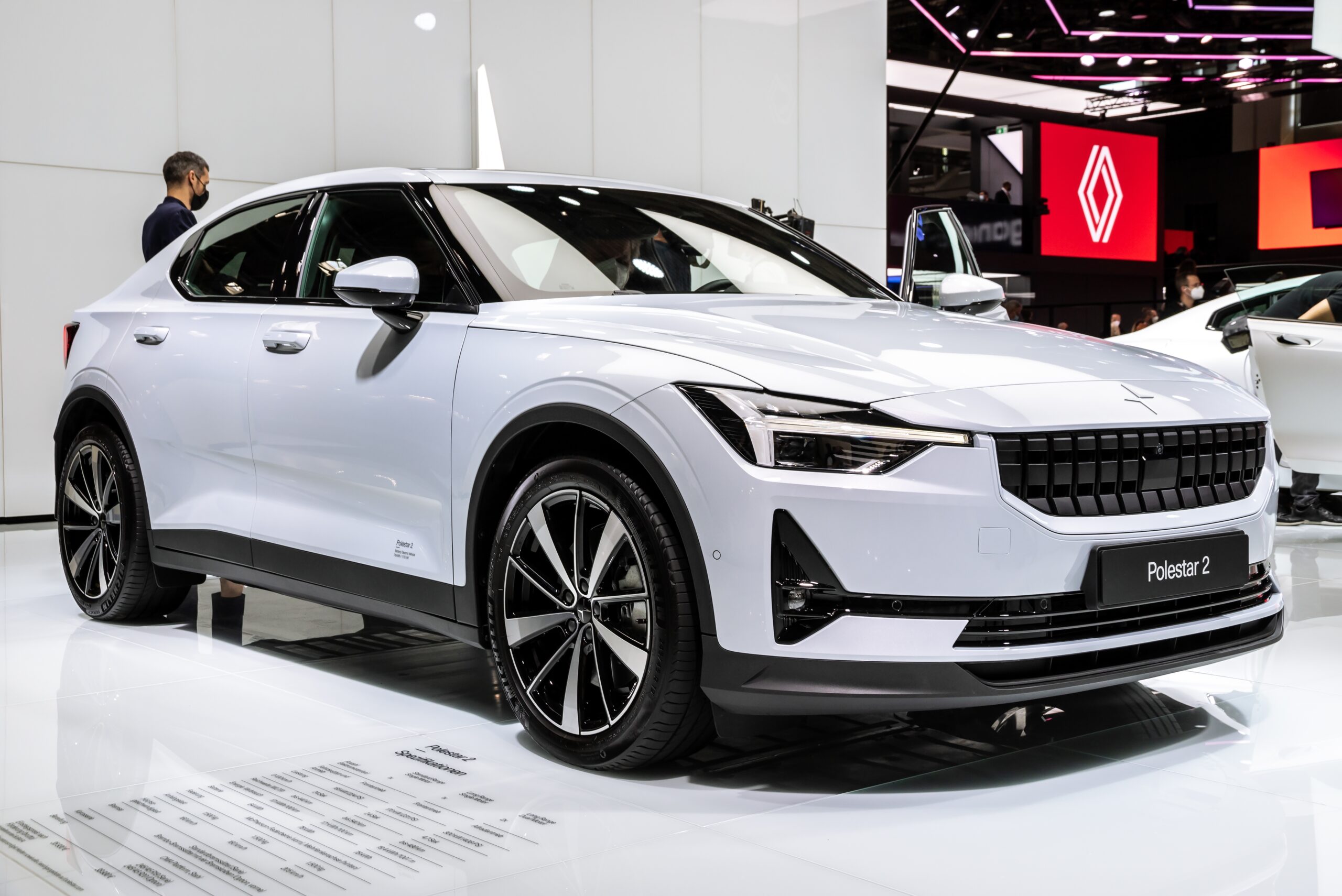
When choosing whether hybrids or electric automobiles are best for your needs, keep the following in mind:
- If you own your home, rather than renting, you can invest in and build a charging station for your electric vehicle or plug-in hybrid electric vehicle (PHEV) at night. Except if you reside in an area that provides chargers or is willing to install them, this might not be an alternative if you are a renter.
- Ensure there are enough charging points along the path if you intend to do long road journeys in an electric vehicle. If not, a hybrid could be your best chance at not being stuck.
- A hybrid’s price tag may go up because it requires more upkeep than a common car because of the need to care for both an electrical network as well as a combustion engine. In addition, the initial investment in a hybrid vehicle typically lowers based on whether it’s on electric power.
While an electric car at first may cost more, the lower upkeep fees are offset by the lack of mechanical factors. However, the raised cost of EV repair work means that repairs to these vehicles can be costly.
No matter which option you go with, hybrids and electric cars have the following things in common with their gasoline-powered counterparts:
- To begin with, their price is more than that of gas-powered vehicles.
- The extra price may be partially or fully covered by refunds and tax credits.
- They lessen gas use.
- They maintain their worth over time
Hybrid vs Electric Cars: Their Environmental Impact
Hybrid vehicles support pollution as they utilize gasoline (a fossil fuel) within their internal combustion engines. The fuel cell electric car is the lone outlier; it’s a hybrid that operates on hydrogen rather than gasoline and produces no emissions from its tailpipe.
There are no toxic emissions fired by electric autos. Be aware that the power plant that yields the energy being used to power an EV could be powered by coal, natural gas, or oil. We also don’t know the full carbon footprint of hybrid or electric battery pack dumping.


